Tomato paste holds a special place in the culinary world. Its concentrated flavor and smooth texture add depth and richness to any dish it touches, making it a versatile ingredient in countless recipes. While most cooks are familiar with using tomato paste as a base for sauces and soups, few have tapped into the hidden potential of frying tomato paste. In this article, we will explore the technique of frying tomato paste, providing tips and insights to elevate your culinary creations. 1. Understanding the Science: Frying tomato paste is more than a cooking method; it is a science. The heat transforms the paste, unlocking complex flavors and intensifying its natural sweetness. This process, known as caramelization, enhances the taste profile of the tomato paste, making it a perfect base for various dishes.
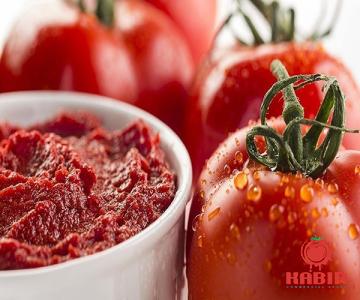
.
 2. The Perfect Pan and Heat: To ensure optimal results when frying tomato paste, selecting the right pan is crucial. A heavy-bottomed skillet or sauté pan with a non-stick surface is highly recommended. This type of pan allows for even heat distribution and prevents the tomato paste from sticking. Using medium heat is ideal, as it allows for a gradual caramelization process without scorching the paste. 3. Quantity Matters: When frying tomato paste, it’s essential to consider the quantity used. Typically, a tablespoon per serving is sufficient; however, depending on the desired intensity, you can adjust the amount accordingly. Keep in mind that a smaller quantity will result in a milder flavor, while a larger amount will yield a bolder taste.
2. The Perfect Pan and Heat: To ensure optimal results when frying tomato paste, selecting the right pan is crucial. A heavy-bottomed skillet or sauté pan with a non-stick surface is highly recommended. This type of pan allows for even heat distribution and prevents the tomato paste from sticking. Using medium heat is ideal, as it allows for a gradual caramelization process without scorching the paste. 3. Quantity Matters: When frying tomato paste, it’s essential to consider the quantity used. Typically, a tablespoon per serving is sufficient; however, depending on the desired intensity, you can adjust the amount accordingly. Keep in mind that a smaller quantity will result in a milder flavor, while a larger amount will yield a bolder taste.
..
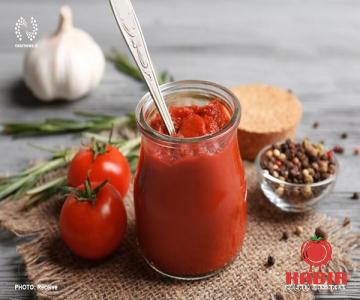 4. The Art of Stirring: Frying tomato paste requires constant stirring to prevent burning and ensure an even caramelization process. Using a wooden spoon or a silicone spatula, continuously stir the paste as it cooks. This action helps to distribute the heat and prevents any clumps from forming, resulting in a smooth and evenly caramelized tomato paste. 5. Enhancing the Flavors: To take your fried tomato paste to the next level, consider incorporating additional ingredients that complement its flavor profile. Garlic, onions, herbs, and spices can all be sautéed alongside the paste to infuse complex aromas and tastes into your creations. Experimentation is key, as different combinations can yield unique results. 6. Versatile Culinary Applications: The world of recipes that benefit from the technique of frying tomato paste is vast. From the base of a hearty Bolognese sauce to a rich curry or even a flavorful pasta topping, the possibilities are endless. The caramelized tomato paste adds richness, depth, and an irresistible umami flavor to any dish it graces.
4. The Art of Stirring: Frying tomato paste requires constant stirring to prevent burning and ensure an even caramelization process. Using a wooden spoon or a silicone spatula, continuously stir the paste as it cooks. This action helps to distribute the heat and prevents any clumps from forming, resulting in a smooth and evenly caramelized tomato paste. 5. Enhancing the Flavors: To take your fried tomato paste to the next level, consider incorporating additional ingredients that complement its flavor profile. Garlic, onions, herbs, and spices can all be sautéed alongside the paste to infuse complex aromas and tastes into your creations. Experimentation is key, as different combinations can yield unique results. 6. Versatile Culinary Applications: The world of recipes that benefit from the technique of frying tomato paste is vast. From the base of a hearty Bolognese sauce to a rich curry or even a flavorful pasta topping, the possibilities are endless. The caramelized tomato paste adds richness, depth, and an irresistible umami flavor to any dish it graces.
…
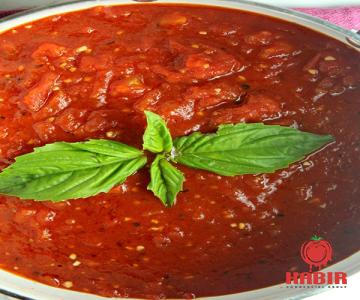 7. Storage and Shelf Life: Once fried, tomato paste can be stored in an airtight container in the refrigerator for up to a week. However, it’s essential to note that its flavor might mellow over time. To extend its shelf life, consider freezing the fried tomato paste in small portions, allowing you to access it whenever you need a burst of flavor in your cooking. Conclusion: Frying tomato paste is a culinary technique that unlocks a world of possibilities, transforming a humble ingredient into a flavor powerhouse. By understanding the science, selecting the right pan, and using the proper heat, you can achieve a caramelization process that elevates your dishes to new heights. With some experimentation and creativity, you’ll soon discover that frying tomato paste is a game-changer in the kitchen, enhancing your recipes with depth, complexity, and a touch of culinary finesse.
7. Storage and Shelf Life: Once fried, tomato paste can be stored in an airtight container in the refrigerator for up to a week. However, it’s essential to note that its flavor might mellow over time. To extend its shelf life, consider freezing the fried tomato paste in small portions, allowing you to access it whenever you need a burst of flavor in your cooking. Conclusion: Frying tomato paste is a culinary technique that unlocks a world of possibilities, transforming a humble ingredient into a flavor powerhouse. By understanding the science, selecting the right pan, and using the proper heat, you can achieve a caramelization process that elevates your dishes to new heights. With some experimentation and creativity, you’ll soon discover that frying tomato paste is a game-changer in the kitchen, enhancing your recipes with depth, complexity, and a touch of culinary finesse.

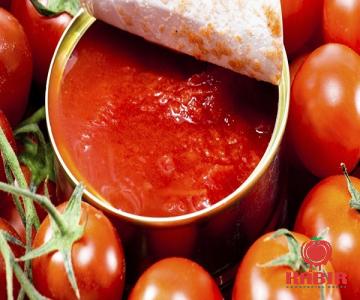
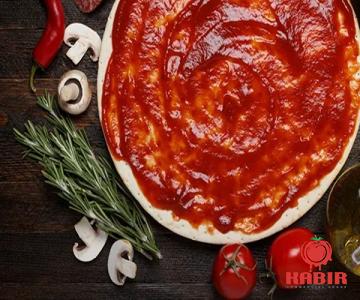


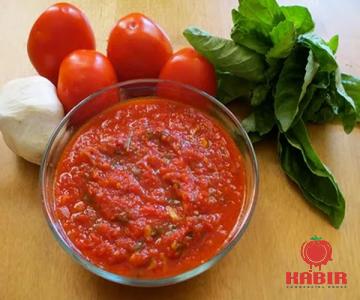
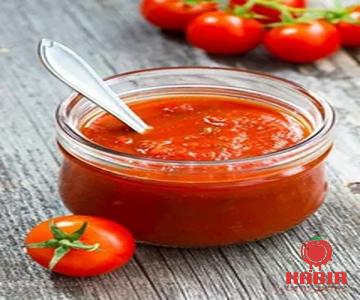
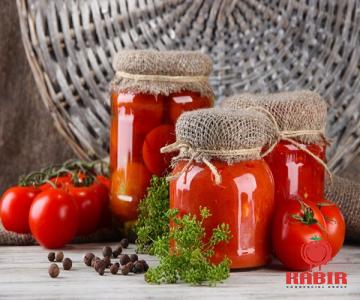
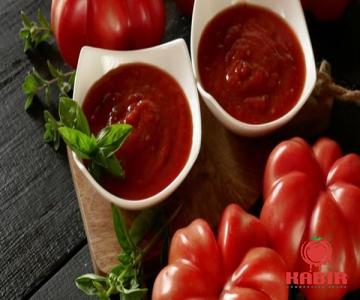
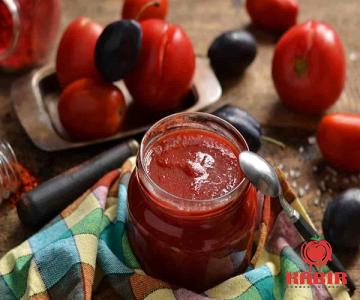
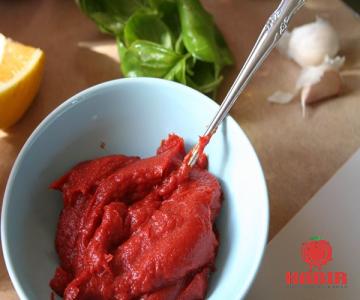
Your comment submitted.